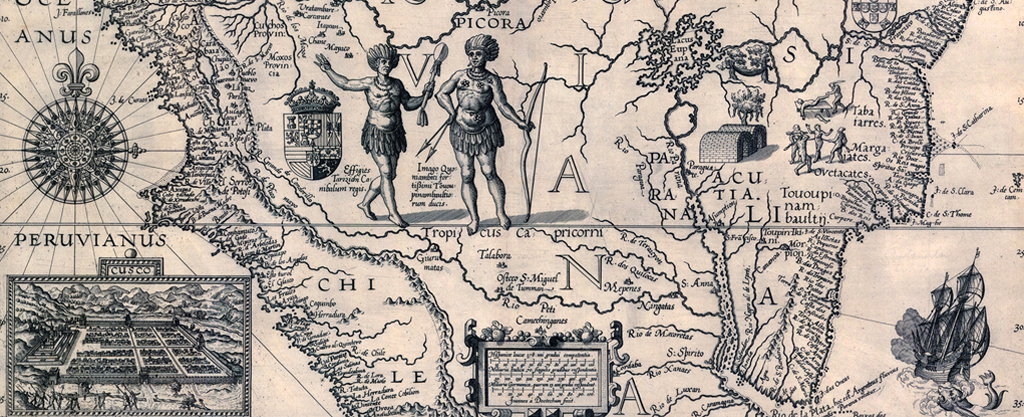
Description
In this lesson, students will identify the causes and consequences of the European Expansion. They will consider the importance of Hernan Cortes and Francisco Pizarro in the Spanish conquest of the Americas. This is Lesson 1 of the Women in Colonial Latin America unit.
Date Range: 1500-1580
Grade Levels: 9-12
Countries: Mexico; Peru
Course Subject(s): Indigenous Studies; Latin American Studies; World History Studies
Topic(s): Colonialism; Aztec Empire; Inca Empire; Hernán Cortes; Catholic Church
Teaching Time Frame: 1 day (90 minute lesson)
Guiding Questions
- How did the encounter between Europe and the Americas take place?
- Why did Europeans start exploring the globe beyond their usual routes?
- How did Europeans and Indigenous people interact when they encountered each other?
- What were the consequences of the European expansion?
Learning Objectives
- Name three main causes and consequences of the European expansion.
- State the actions of Hernan Cortes and Francisco Pizarro that led to the Spanish conquest of Latin America.
- Analyze primary sources to explain the process of the conquest.
- Reflect upon the effects of European Expansion in the students’ daily life.
Relevant Teaching Standards
TEKS Guidelines
- World History
- (c)-(6)-(A) – The student understands the characteristics and impact of the Maya, Inca, and Aztec civilizations. The student is expected to compare the major political, economic, social, and cultural developments of the Maya, Inca, and Aztec civilizations and explain how prior civilizations influenced their development.
- (c)-(6)-(B) – Explain how the Inca and Aztec empires were impacted by European exploration/colonization.
- (c)-(7)-(A) – The student understands the causes and impact of increased global interaction from 1450 to 1750. The student is expected to analyze the causes of European expansion from 1450 to 1750.
- (c)-(7)-(B) – Explain the impact of the Columbian Exchange.
C3 Framework
- Geography
- D2.Geo.6.9-12. Evaluate the impact of human settlement activities on the environmental and cultural characteristics of specific places and regions.
- D2.Geo.7.9-12. Analyze the reciprocal nature of how historical events and the spatial diffusion of ideas, technologies, and cultural practices have influenced migration patterns and the distribution of human population.
- History
- D2.His.1.9-12. Evaluate how historical events and developments were shaped by unique circumstances of time and place as well as broader historical contexts.
- D2.His.14.9-12. Analyze multiple and complex causes and effects of events in the past.
Downloads
Lesson Plan (PDF) | Primary Sources & Editable Plan (ZIP)
Rights Statement
Creator(s): Cinthia S. Salinas, Department Chair, Department of Curriculum and Instruction & Maria Jose Ramirez, Graduate Student, Department of Curriculum and Instruction
Date: 2020-05
This assignment is under a Creative Commons Attribution-NonCommercial-ShareAlike 4.0 International Public License (“Public License”). This license lets others share, remix, tweak, and build upon the work non-commercially, as long as they credit the creators and license their new creations under the identical terms.
